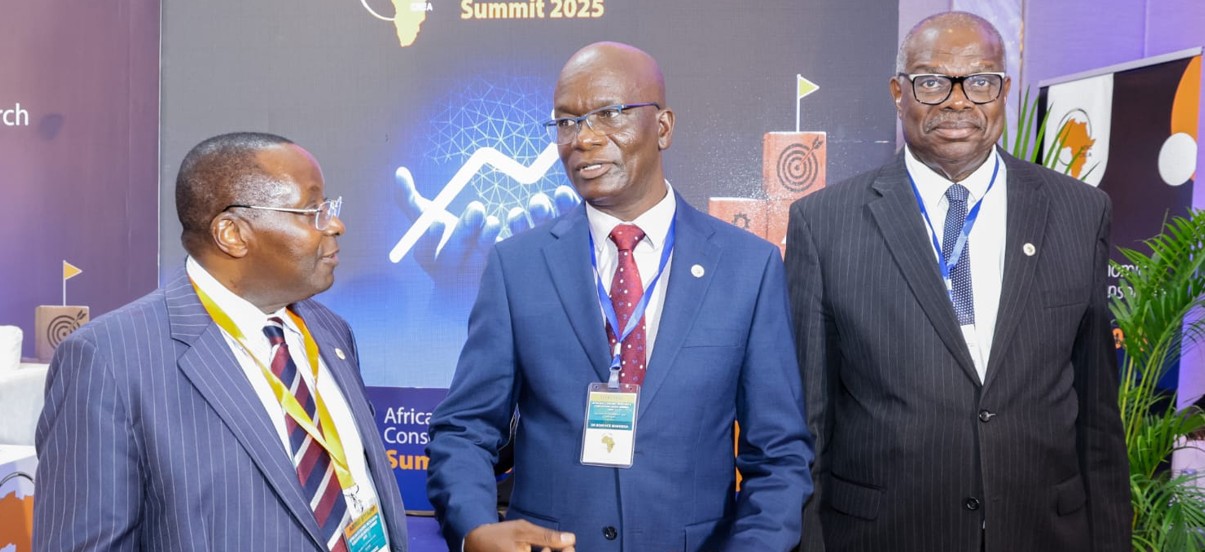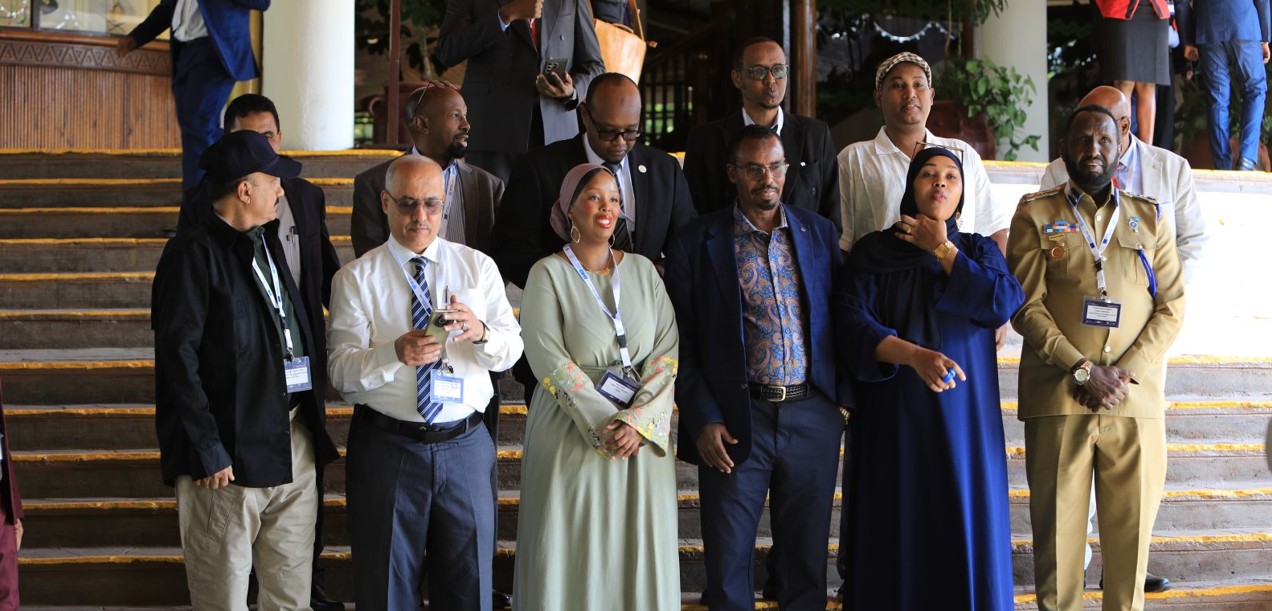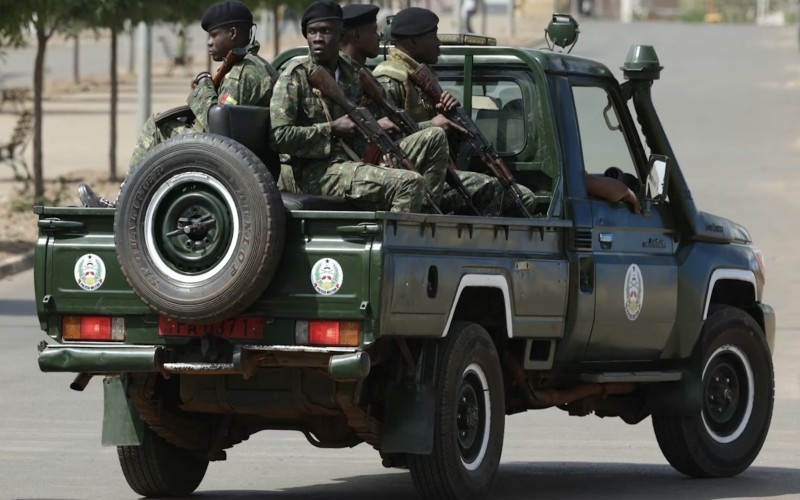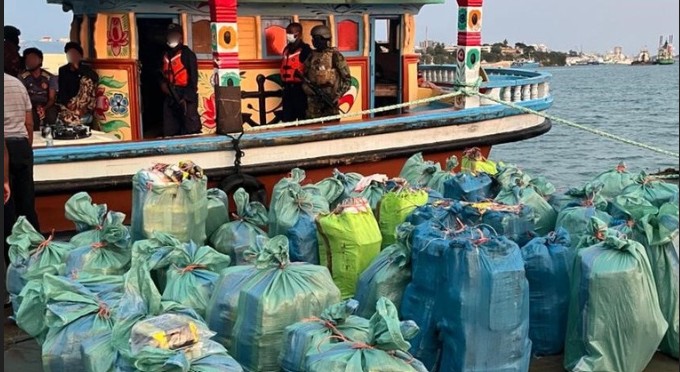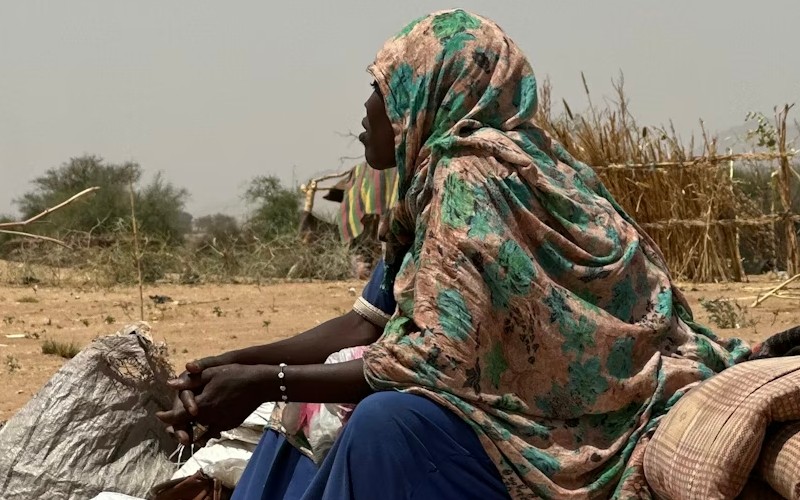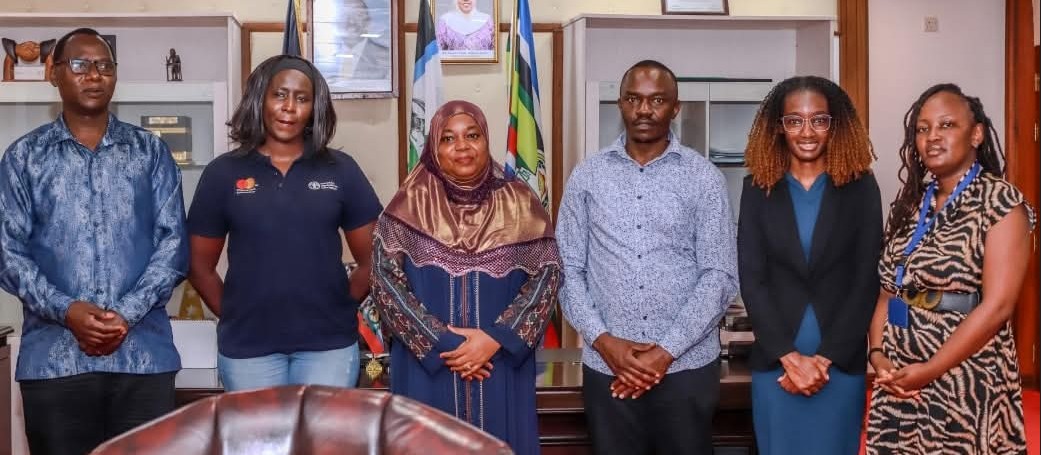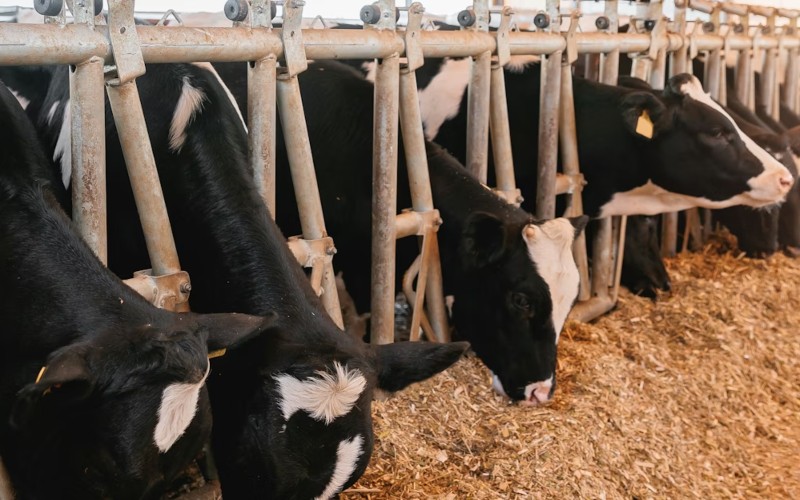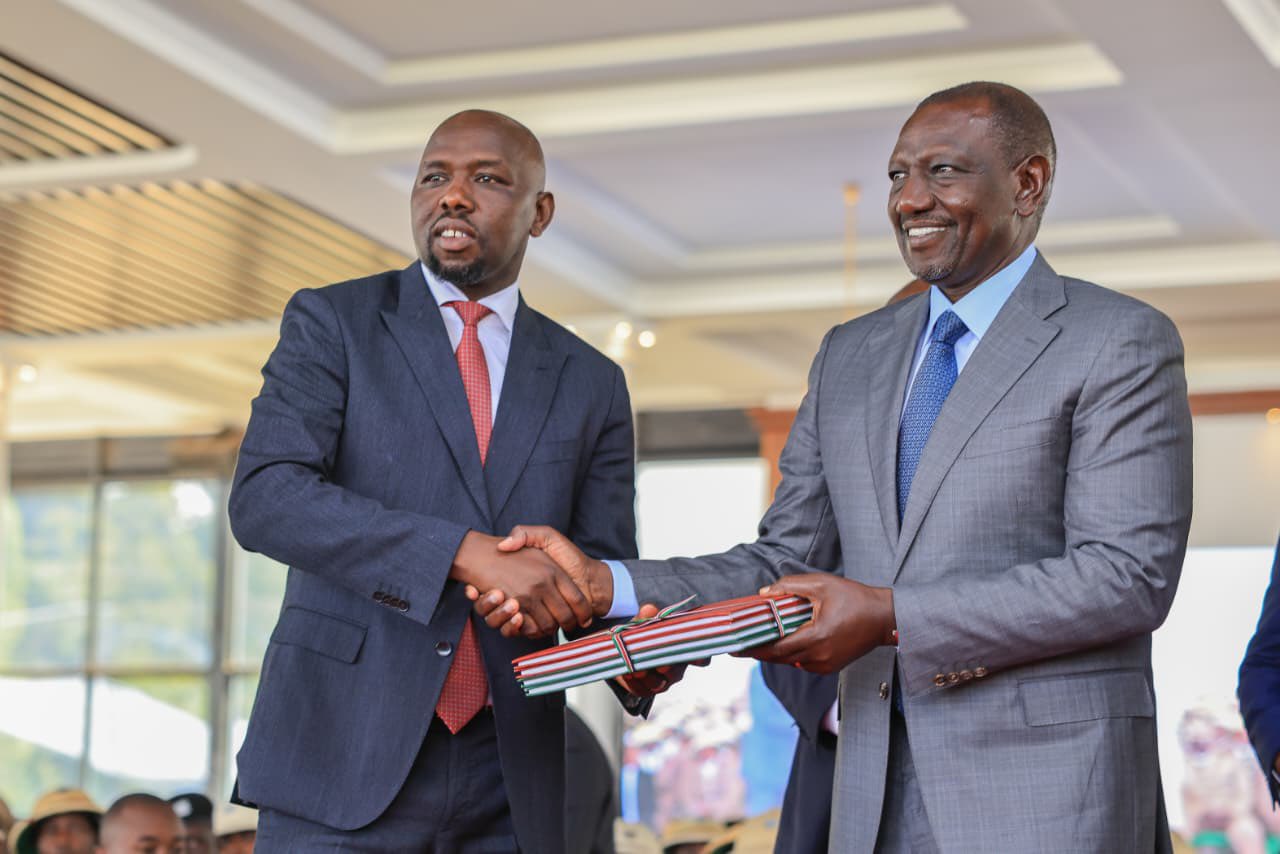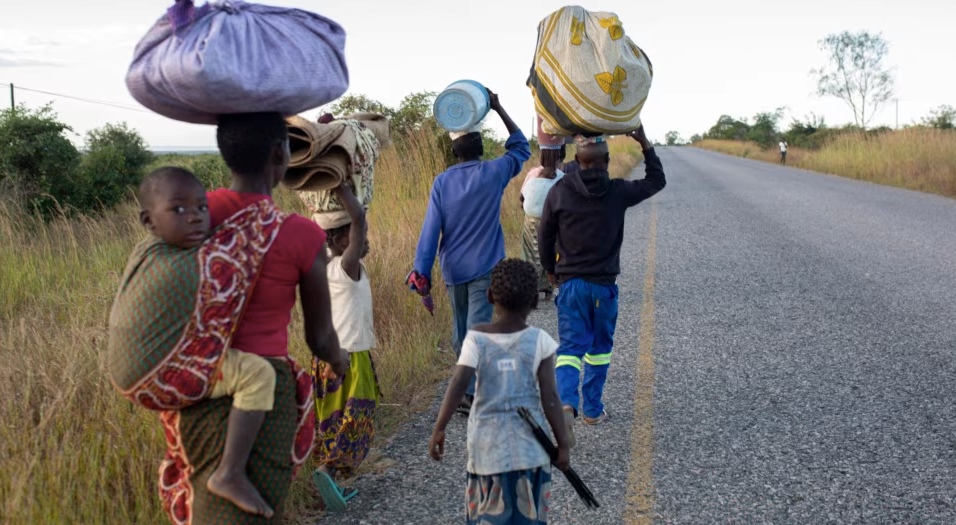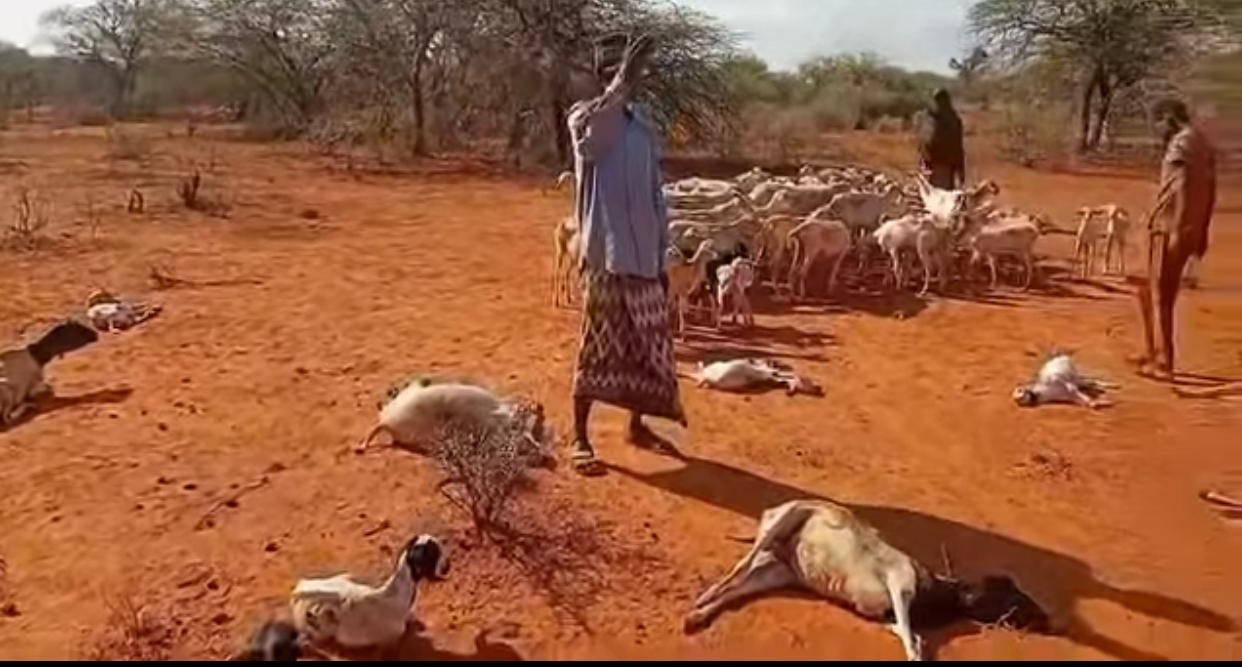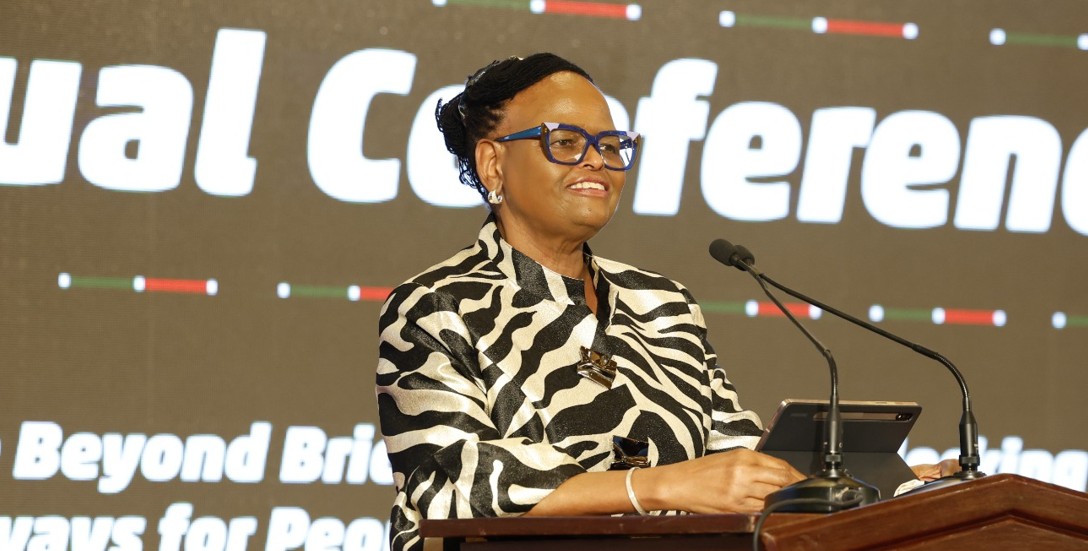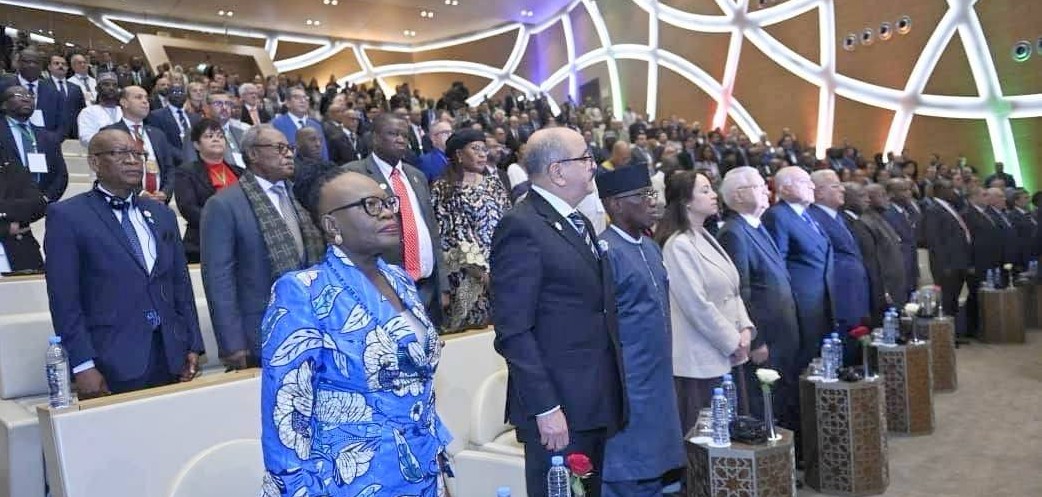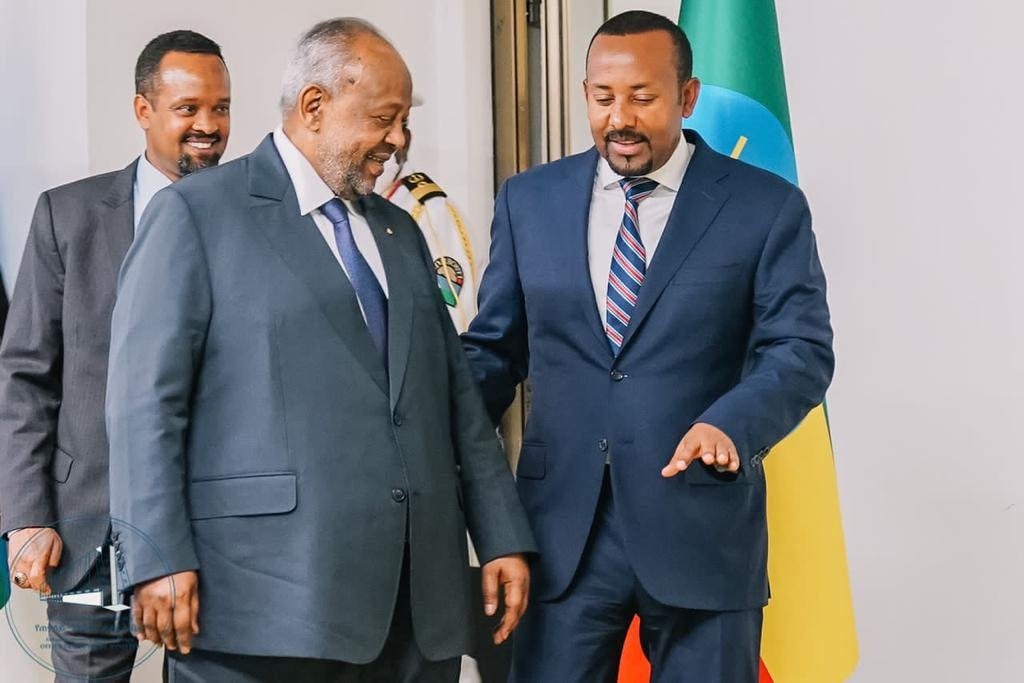Stalled BRT project gets another Sh300m in 2025/26 budget despite years of delays, minimal progress
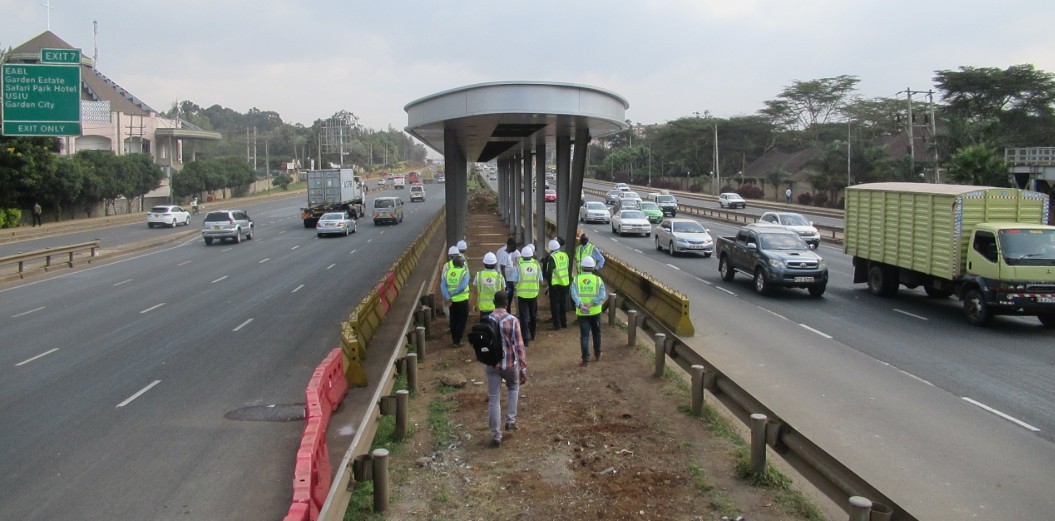
The project entails establishing 10 BRT stations, deploying 100 buses, and constructing dedicated bus lanes with short 90-second headways, designed to carry up to 15,000 passengers per hour in each direction.
The long-delayed Bus Rapid Transit (BRT) project has received a fresh allocation of Sh300 million in the 2025/26 budget, despite years of stalled progress on the ground.
Lack of funds has seen the project stall after the contractor stopped work.
More To Read
- MPs push for urgent funding boost for Auditor General’s office
- Treasury under fire for using Sh2.67 trillion in domestic loans on recurrent spending
- National Treasury secures Sh437.8 billion loan to plug budget deficit
- MPs raise alarm over alleged misappropriation of College of Insurance land
- MPs question rising debt despite Treasury’s reduced CBK borrowing
- National Treasury says weak revenue, high debt repayments straining Kenya’s budget
The project received Sh1.2 billion in the 2022/23 financial year and Sh1.1 billion in 2023/24.
In the current financial year, the National Treasury allocated Sh1 billion for the Nairobi BRT project.
The project entails establishing 10 BRT stations, deploying 100 buses, and constructing dedicated bus lanes with short 90-second headways—designed to carry up to 15,000 passengers per hour in each direction—aiming to transform public transport across the Nairobi Metropolitan Area.
Nairobi Metropolitan Area Transport Authority Director-General Francis Gitau said the contractor has since gone back to the site.
“Works have started and we expect the piloting of the project to start in January next year,” Gitau said.
The BRT project entails the design for modification of 10 existing footbridges, BRT picking platforms, motorised and non-motorised lanes, the design of a boarding and alighting platform at Ruiru and the isolation of the BRT lane from general traffic.
It also involves the design of Kasarani depot, Ruiru depot and Kenyatta Hospital station; automatic traffic signals for Pangani underpass; detailed engineering designs for the smooth flow of traffic at the junctions and accesses; building of BRT infrastructure and roads; provision of office, laboratory and other facilities for the engineer and maintenance of the existing road during the construction period.
The project involves traffic control during construction and road markings, road signs and other ancillary facilities.
Namata, which was established by former President Uhuru Kenyatta on February 9, 2017, is overseeing the implementation of the project.
It is mandated to establish an integrated, efficient, effective, and sustainable public transport system that covers the five counties that make up the Nairobi Metropolitan Area.
These are Nairobi, Kiambu, Kajiado, Machakos and Murang’a with a combined population of 10.4 million, a fifth of the Kenyan population.
In November 2019, the government floated the BRT tender, saying it intends to improve the Thika Superhighway infrastructure to accommodate the project.
Chinese firm Stecol Corporation secured the Sh5.6 billion contract to build special lanes for high-capacity buses.
The BRT project is expected to provide fast, reliable, clean, safe and affordable transport, thereby decongesting the central business district, and reducing travel time and air pollution.
The project was awarded on February 12, 2020.
The project was to be carried out in two phases under one contract.
The first section is between Clayworks to the Nairobi CBD, while the second phase starts from Clayworks to Ruiru.
Traffic snarl-ups in the Nairobi metropolis are estimated to cost the country Sh2 billion annually.
The transport sector is also a major source of air pollution.
Authorities estimate that air pollution causes more than 5,400 premature deaths in the country. The transport sector is responsible for 20 per cent of CO2 emissions in Kenya.
Sustainable transport
Residents of Nairobi and other cities primarily use sustainable transport, with 41 per cent of trips made by public transport and 40 per cent on foot, while only 13 per cent rely on personal cars.
To help address some of the challenges, former Transport Cabinet Secretary James Macharia gazetted transport corridors in the city on February 26, 2019.
BRT Line 1, also called Ndovu, runs from Limuru-Kangemi-CBD-Imara Daima-Athi River and Kitengela.
Line 2 (Simba) runs from Rongai-Bomas-Langata Road-CBD-Ruiru-Thika and Kenol.
Line 3, called Chui, runs from Tala-Njiru-Dandora (Juja Road)-CBD-Showground (Ngong Road) and Ngong.
Line 4 (Kifaru) comprises East, which runs from Mama Lucy Hospital-Donholm (Jogoo Road)-CBD and the West, which runs from CBD- T Mall-Bomas-Karen and Kikuyu.
BRT Line 5, which is also called Nyati, traverses Ridgeways (Kiambu Road)-Balozi (Allsops) and Imara Daima.
Once complete, all the corridors are expected to hold up to 950 high-capacity buses.
The electric-powered buses will also be fitted with an intelligent transport system and will accommodate children, the elderly and people living with a disability.
Fares will be paid in a cashless system. Passengers will access the platform and buy tickets at the machines.
Top Stories Today
